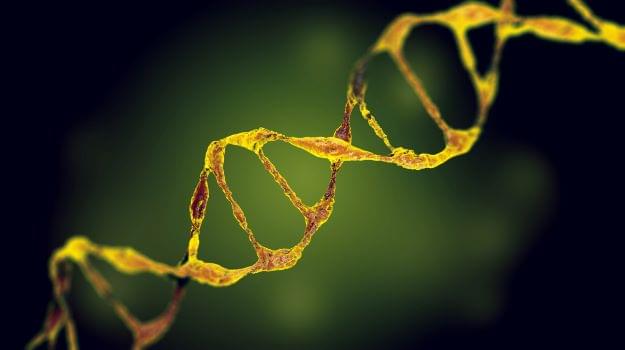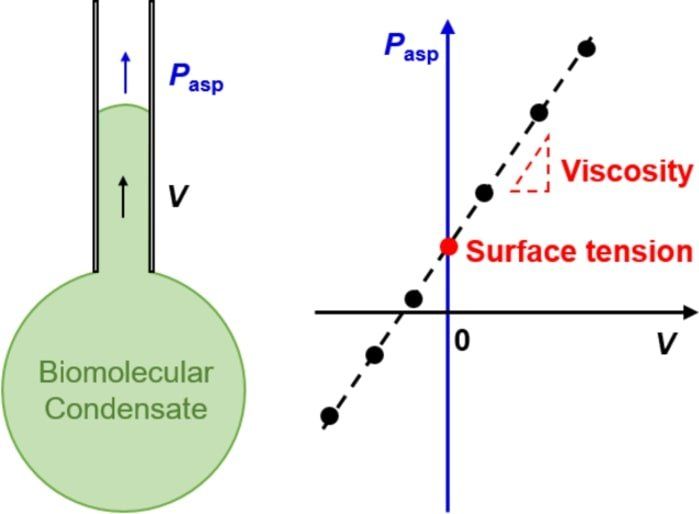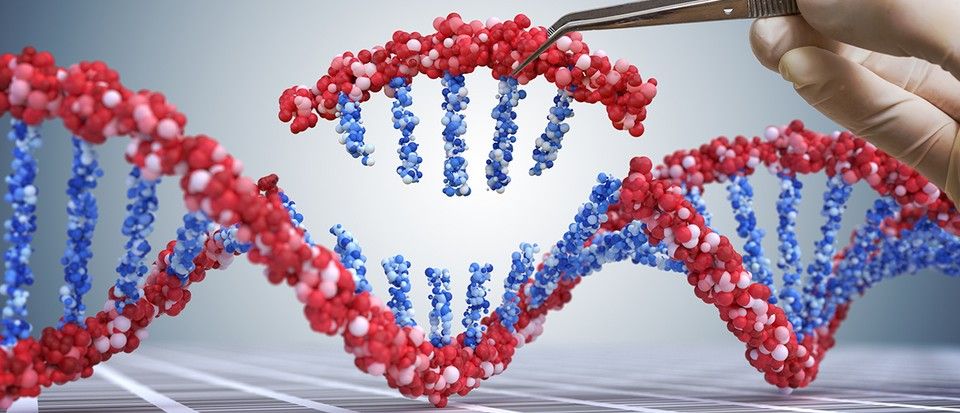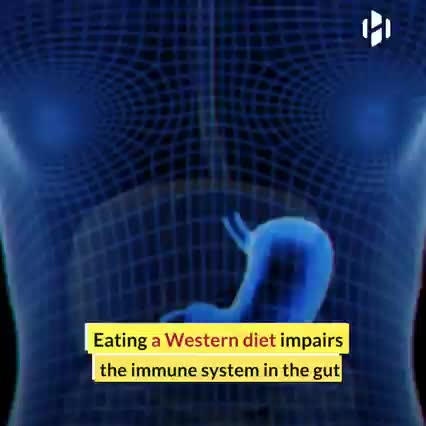But one idea that hasn’t gotten enough attention from the AI community is how the brain creates itself, argues Peter Robin Hiesinger, Professor of Neurobiology at the Free University of Berlin (Freie Universität Berlin).
In his book The Self-Assembling Brain, Hiesinger suggests that instead of looking at the brain from an endpoint perspective, we should study how information encoded in the genome is transformed to become the brain as we grow. This line of study might help discover new ideas and directions of research for the AI community.
The Self-Assembling Brain is organized as a series of seminar presentations interspersed with discussions between a robotics engineer, a neuroscientist, a geneticist, and an AI researcher. The thought-provoking conversations help to understand the views and the holes of each field on topics related to the mind, the brain, intelligence, and AI.






